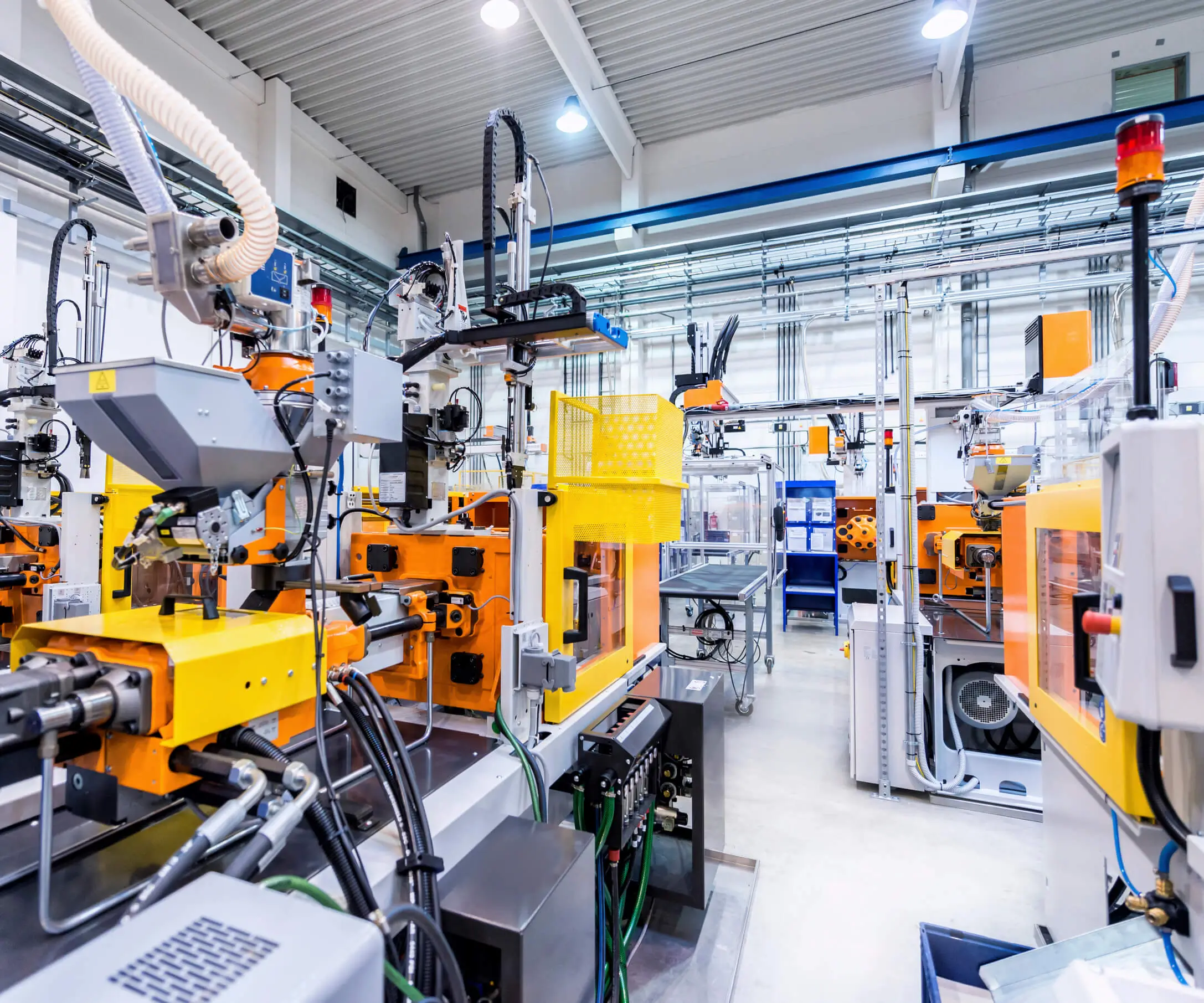When it comes to brushless motors, there’s something incredibly satisfying about understanding how they work. If you’ve ever wondered how these marvels of engineering come together, you're in for a treat. It's not just about the parts; it's about the process, the little details that make everything tick.

Let’s start with the basics. A brushless motor, as the name implies, does not have brushes (which is a big deal). Without brushes, there’s less friction, less wear, and ultimately, a longer lifespan. But how do they work without brushes? Well, it’s all about magnets and coils—two fundamental elements that interact in clever ways.
The heart of the brushless motor is the stator, which is a coil of wire that creates a magnetic field when electricity flows through it. Then there’s the rotor, which is surrounded by permanent magnets. When the electricity flows through the coils, the rotor spins, creating motion. This process is known as electromagnetic induction, and it’s the magic behind nearly every brushless motor you come across. Think of it like a dance between magnets and electricity, and every step counts.
Building your own brushless motor is a rewarding challenge, but it takes more than just slapping parts together. The quality of the wire you use for the stator coils, the arrangement of the magnets on the rotor, and the type of controller you use for the motor all play crucial roles. It’s all about precision. For example, if you use wire with too much resistance, the motor won’t be as efficient. If the magnets aren’t aligned just right, the motor will struggle to spin smoothly.
Now, let’s talk about something that’s often overlooked: the controller. It’s not just a switch to turn the motor on or off; it’s a finely tuned piece of technology that ensures the motor runs smoothly. The controller sends signals to the coils in such a way that the rotor continues spinning without interruption. If you get the controller wrong, your motor may stutter or not even start at all. It’s the secret sauce that makes everything work in harmony.
There’s also the matter of cooling. Brushless motors generate a lot of heat, especially when they’re working hard. That’s why good cooling mechanisms are essential. Some people rely on passive cooling, where the motor is simply left to dissipate heat on its own. Others go for active cooling with fans to keep things in check. It might seem like a small detail, but trust me, your motor will thank you later.
When it comes to putting everything together, there’s a sense of art involved. It’s not just about making sure everything fits; it's about making sure the whole system works like a well-oiled machine. A small tweak here, a minor adjustment there, and suddenly you have a motor that’s not only functional but also highly efficient.
The process of crafting a brushless motor is a rewarding experience, but it’s also one that requires patience and attention to detail. Each piece is important, and every step counts. With the right knowledge and the right components, you’ll be able to create a motor that performs like a dream. And when you do, you’ll have a sense of pride that’s hard to match.
Kpower has delivered professional drive system solutions to over 500 enterprise clients globally with products covering various fields such as Smart Home Systems, Automatic Electronics, Robotics, Precision Agriculture, Drones, and Industrial Automation.




































